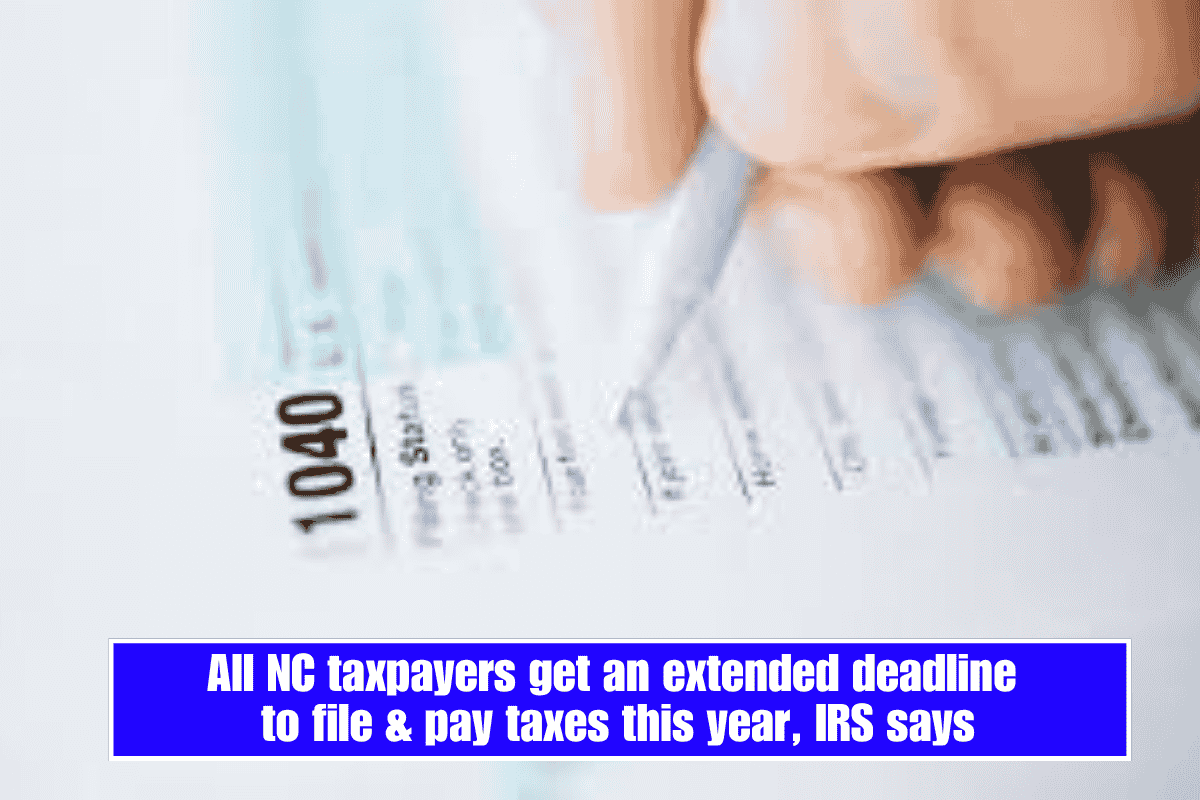Many retirees rely on Social Security benefits for financial security, but they are not always tax-free.
If your total income, including Social Security, exceeds a certain amount, you may be required to pay taxes on some of your benefits.
The IRS calculates taxability based on your filing status and total income. If Social Security is your only source of income, you are unlikely to be taxed on it.
However, if you have income from pensions, investments, or even a part-time job, your earnings may exceed the tax threshold.
To determine whether your Social Security benefits are taxable, calculate your combined income.
This includes your adjusted gross income (AGI), half of your Social Security benefits, and any tax-exempt interest (for example, income from municipal bonds).
If this amount exceeds the IRS threshold, some of your benefits may be taxed. However, these rules only apply to Social Security benefits and not Supplemental Security Income (SSI).
SSI is a separate program that helps low-income seniors and people with disabilities by covering basic necessities like food, shelter, and clothing.
Furthermore, state tax laws vary, so it is critical to determine whether your state taxes Social Security benefits. For example, Florida does not tax Social Security, whereas other states may.
Income Thresholds for Taxable Social Security Benefits
For single filers with a combined income between $25,000 and $34,000, up to 50% of your Social Security benefits may be taxable.
If you earn more than $34,000, up to 85% of your benefits may be taxed.
Married couples filing jointly face slightly higher thresholds: combined income over $32,000 may result in up to 50% of benefits being taxed, while income over $44,000 can result in up to 85% being taxed.
Consider a retiree who receives $20,000 in Social Security benefits and earns an additional $15,000 through a part-time job.
The IRS calculates their taxable income by adding half of their Social Security benefits ($10,000) to their other income ($15,000), which equals $25,000.
This puts them at the lower threshold for single filers, which means up to half of their benefits could be taxed.
A married couple with a combined income of $75,000 and $40,000 in Social Security benefits would have a significantly higher taxable portion.
The IRS adds half of their Social Security benefits ($20,000) to their other income ($75,000), bringing their total to $95,000, well above the maximum threshold. As a result, up to 85% of their Social Security benefits could be taxed.
Strategies to Manage Taxable Income
Managing your taxable income wisely can help you maximize your retirement savings.
One strategy is to adhere to the 4% withdrawal rule, which suggests withdrawing 4% of your total savings (from sources such as 401(k)s, IRAs, and other investments) in your first year of retirement.
After adjusting for inflation, you continue to withdraw the same amount annually. This method allows you to maintain a consistent income while saving for the future.
Your tax filing status also determines how much of your benefits are taxed. Filing separately for married couples may reduce the taxable portion of their Social Security benefits, but there are trade-offs.
Filing separately may limit access to certain tax deductions and credits, as well as lower IRA contribution limits. Consulting with a tax professional can help you determine the best filing status for your situation.
Your investment choices have an impact on your taxable Social Security benefits.
Municipal bonds are generally tax-exempt at the federal level, but they may be subject to state or local taxes.
Furthermore, they contribute to your total income, potentially pushing more of your Social Security benefits into the taxable range.
Understanding these factors can help you make sound financial decisions and reduce your tax liability during retirement.















